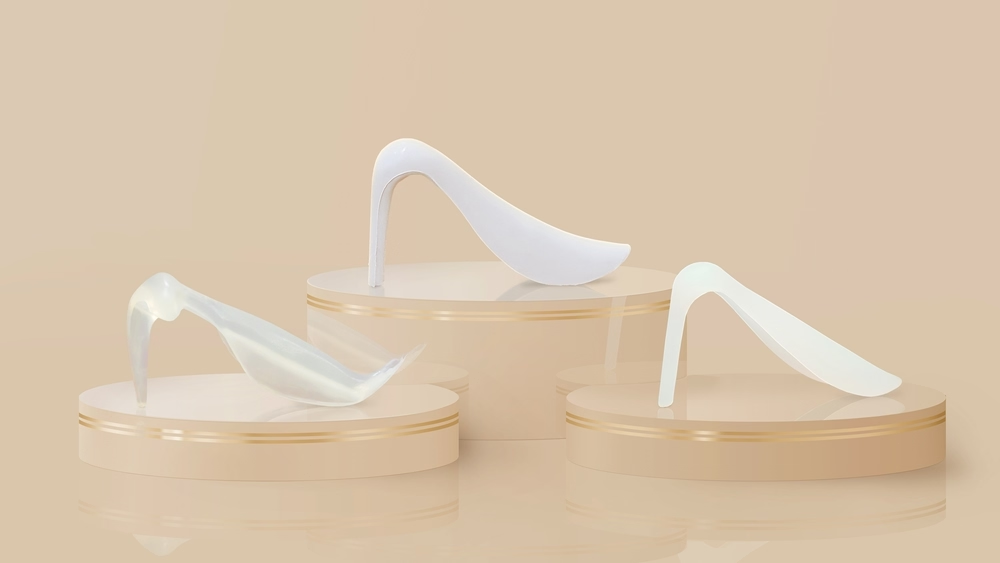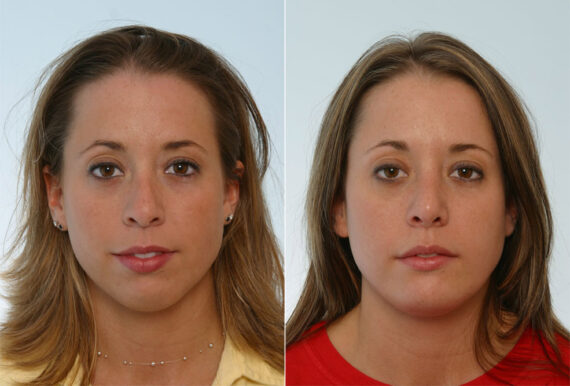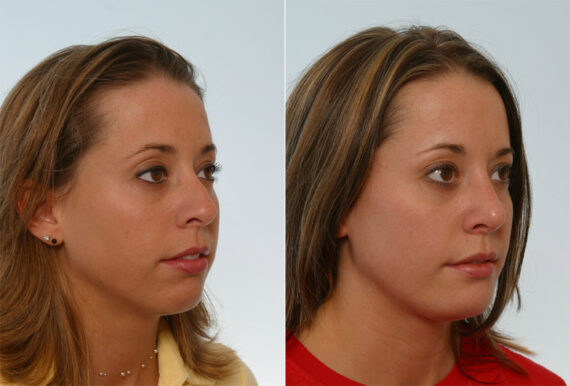If you’re considering a nose job, understanding the process is key to making an informed decision. Dr. Vitenas, with his profound expertise in rhinoplasty, ensures a blend of aesthetic enhancement and functional improvement.
This overview sheds light on what to expect, from initial consultation through to recovery. With Dr. Vitenas, each step is meticulously planned and executed, focusing on safety, precision, and tailored outcomes for every patient.

Step 1: Anesthesia and Initial Preparations
Choosing the Right Type of Anesthesia
The first critical step in a rhinoplasty procedure is selecting the appropriate type of anesthesia. Dr. Vitenas decides between general anesthesia and intravenous sedation based on the surgical plan and the patient’s medical history. This choice is essential for ensuring the patient’s comfort and safety throughout the surgery.
Preparing the Nasal Area for Surgery
Preparation for the surgery involves thorough cleaning and disinfection of the nasal area. Dr. Vitenas meticulously examines the nose to finalize the operative plan, taking into account factors such as skin type and the degree of nasal correction required. This preparation is crucial for minimizing the risk of complications and achieving the desired results.
Step 2: Making the Incisions
Open vs. Closed Rhinoplasty Techniques
Rhinoplasty can be performed using either the open or closed technique. In closed rhinoplasty, incisions are made inside the nostrils, making the scars invisible. This closed procedure is less invasive but offers limited access to the nasal structure. Open rhinoplasty involves an incision across the columella, the narrow strip of tissue between the nostrils, allowing Dr. Vitenas more extensive access to the nasal cartilage and bone.
Strategic Placement of Incisions
The placement of incisions is a key factor in minimizing visible scarring. In open rhinoplasty, the incision on the columella is made carefully to ensure that the resultant scar is as inconspicuous as possible. In both techniques, Dr. Vitenas utilizes the natural creases and contours of the nasal structure to hide incisions.
Step 3: Reshaping the Nasal Structure

Altering Bone and Cartilage
The central part of the rhinoplasty procedure involves reshaping the nasal cartilage and bone to achieve the desired nose shape. This may involve removing a strip of tissue, adding a cartilage graft, or sculpting the existing structure. Dr. Vitenas uses his extensive knowledge of facial anatomy to make precise adjustments that enhance both the appearance and functionality of the nose.
Adjustments for Aesthetic and Functional Improvement
Adjustments during rhinoplasty are not just cosmetic; they also aim to improve nasal function. This could involve straightening the nasal septum to improve breathing or reshaping the tip for better nasal symmetry. Dr. Vitenas balances aesthetic desires with the need for functional improvement, tailoring each procedure to the patient’s specific needs.
Step 4: Correcting Deviated Septum
Straightening and Trimming the Septum
A common issue addressed during rhinoplasty is a deviated septum, which can cause breathing difficulties. Dr. Vitenas corrects this by straightening the septum and removing any excess cartilage or bone, thereby improving nasal airflow and function.
Improving Nasal Airway
Enhancing the nasal airway is a crucial aspect of rhinoplasty, especially for patients with pre-existing breathing issues. Dr. Vitenas assesses and corrects any abnormalities in the nasal passages and valves, ensuring that the patient’s breathing is unobstructed post-surgery.
Step 5: Closing the Incisions
Suturing Techniques for Minimizing Scarring
After reshaping the nose, Dr. Vitenas closes the incisions with precision. In a closed rhinoplasty, sutures are placed inside the nose, leaving no external marks. In open rhinoplasty, external sutures are placed carefully to ensure minimal scarring.
Placement of Nasal Dressing and Splints
Following surgery, nasal packing and splints are applied to support the new structure and aid in the healing process. These are carefully placed by Dr. Vitenas to maintain the shape of the nose and are typically removed a week after surgery.

Step 6: Finalizing the Procedure
Monitoring Immediate Postoperative Condition
Immediately following the surgery, Dr. Vitenas monitors the patient’s condition closely. This includes checking vital signs and ensuring that the patient is responding well to the surgery. This monitoring is crucial for early detection and management of any complications.
Ensuring Safe Recovery Post-Surgery
The post-surgery recovery phase is as important as the surgery itself. Dr. Vitenas provides detailed post-operative care instructions, emphasizing the importance of following them for a smooth recovery. These include guidelines on managing pain, swelling, and activities during the healing period.
Additional Advice and Precautions
Rhinoplasty is a significant surgical procedure, and Dr. Vitenas offers additional advice and precautions to ensure the best possible outcomes for his patients. This includes lifestyle modifications, awareness of potential risks, and understanding the timeline for healing and seeing the final results.
Tips for a Smooth Recovery
- Rest and Relaxation: Adequate rest is crucial after surgery. Patients are advised to avoid strenuous activities and give their bodies time to heal.
- Follow-up Appointments: Regular follow-up appointments with Dr. Vitenas are essential to monitor the healing process and address any concerns.
- Adherence to Medication Regimen: Patients should strictly follow the prescribed medication regimen to manage pain and prevent infection.
Signs of Complications to Watch For
- Unusual Swelling or Bruising: While some swelling and bruising are normal, excessive or prolonged symptoms can be a sign of complications.
- Breathing Difficulties: Any new or worsening breathing issues should be reported immediately.
- Signs of Infection: Fever, unusual discharge, or increased redness around the incision sites might indicate an infection.
Rhinoplasty with Dr. Vitenas enhances the physical appearance, boosts self-confidence, and improves quality of life. His commitment to achieving natural-looking results and prioritizing patient safety and satisfaction makes him a reputable choice for individuals considering a rhinoplasty procedure.
To explore your options and receive personalized advice, we invite you to schedule a consultation with Dr. Vitenas. His expertise in rhinoplasty will help you make an informed decision about your procedure.


